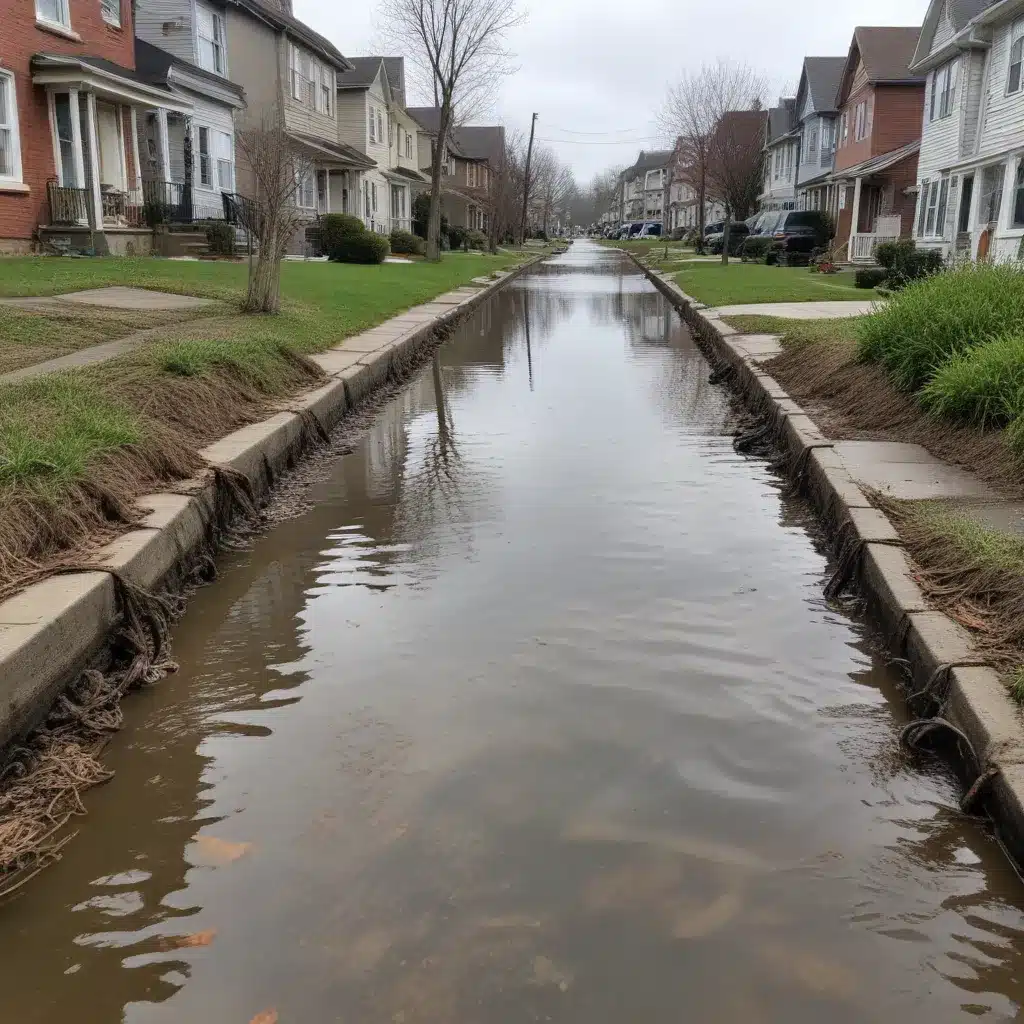
As an experienced water damage restoration specialist in Orlando, I’ve seen my fair share of chaotic situations. From burst pipes flooding entire homes to sewage backups turning basements into hazardous wastelands, the aftermath of these water emergencies can be truly daunting for homeowners. However, with the right approach and a calm, methodical plan of action, we can restore order and get your property back to its pre-damage condition.
Assessing the Situation
The first step in any water damage restoration project is to thoroughly assess the extent of the problem. When dealing with sewage backups, this is especially critical. Raw sewage poses serious health risks, so it’s vital that we identify all affected areas and understand the scope of the contamination before beginning any cleanup efforts.
I’ll typically start by conducting a comprehensive visual inspection, looking for signs of water intrusion and assessing the level of saturation in flooring, walls, and other building materials. I’ll also use moisture meters to get precise readings and pinpoint exactly where the water has spread. This data helps me determine the most efficient and effective remediation strategy.
Sidebar: It’s important to note that sewage backups should always be handled by trained professionals. Attempting DIY cleanup can expose you to dangerous pathogens and lead to further health issues down the road. At the first sign of a sewage emergency, it’s best to call in the experts.
Containing the Damage
Once I’ve completed the assessment, the next step is to contain the damage and prevent it from spreading any further. This often involves turning off the water supply, removing any standing water, and isolating the affected areas from the rest of the building.
Proper containment is crucial when dealing with sewage, as the contaminated water can easily seep into porous materials like drywall and wood, creating the perfect breeding ground for harmful bacteria and mold. I’ll typically use heavy-duty plastic sheeting to build physical barriers, creating negative air pressure zones to prevent cross-contamination.
Alongside the containment process, I’ll also focus on eliminating any sources of the sewage backup. This could involve snaking clogged pipes, repairing broken sewer lines, or addressing any other plumbing issues that may have contributed to the problem.
Thorough Cleaning and Disinfection
With the affected areas contained and the source of the sewage issue resolved, it’s time to tackle the cleanup. This is where the real work begins, as sewage-contaminated materials require a meticulous approach to ensure a complete and safe restoration.
I’ll start by removing all porous materials like carpeting, insulation, and drywall that have been exposed to the sewage. These items are simply too difficult to decontaminate and must be disposed of according to local hazardous waste regulations. For non-porous surfaces like concrete or tile, I’ll use specialized cleaning solutions and disinfectants to kill any lingering pathogens.
Fun Fact: Did you know that the most effective disinfectants against sewage-borne illnesses are quaternary ammonium compounds, chlorine, and phenolic compounds? These powerful cleaning agents are essential for restoring a truly sanitary environment.
Throughout the cleaning process, I’ll also focus on maintaining proper air quality. High-powered air scrubbers and dehumidifiers help remove any airborne contaminants and rapidly dry out the affected areas, making it much harder for mold to take hold.
Rebuilding and Restoring
With the cleanup complete and the property thoroughly disinfected, it’s time to begin the rebuilding and restoration process. This is where my expertise as a water damage restoration specialist really shines through.
Depending on the extent of the damage, this phase may involve anything from minor drywall and flooring repairs to full-scale reconstructions. I’ll work closely with my team of skilled tradespeople to ensure that every aspect of the restoration is done to the highest standards, from electrical rewiring to plumbing upgrades.
One of the most critical elements of this stage is paying close attention to moisture levels. I’ll use specialized equipment to monitor the humidity and ensure that all building materials have been dried out completely before beginning any reconstruction work. Failing to do so can lead to lingering moisture issues and the dreaded return of mold growth.
Preventing Future Disasters
As the final step in the restoration process, I always take the time to educate my clients on prevention strategies. Sewage backups can be incredibly disruptive and costly, so it’s important that homeowners understand how to protect their property from future incidents.
This may involve recommending the installation of backflow prevention devices, regular plumbing maintenance, or even upgrades to the home’s sewer lines. I’ll also provide guidance on recognizing the early warning signs of a potential sewage issue, such as slow-draining sinks or gurgling noises from the plumbing system.
Sidebar: Did you know that the average cost of a sewage cleanup and restoration project can range from $3,000 to $10,000 or more, depending on the extent of the damage? Investing in preventative measures can save homeowners a substantial amount of money and headache in the long run.
By taking a comprehensive, step-by-step approach to water damage restoration, we can help Orlando homeowners and businesses overcome even the most daunting sewage-related disasters. From the initial assessment to the final touches of the rebuild, our team of experts is here to guide you through the process and restore your property to its pre-loss condition.
If you’re dealing with a sewage backup or any other water emergency, don’t hesitate to reach out to Orlando Water Damage Restoration. We’re available 24/7 to provide the prompt, professional services you need to get your life back on track.

